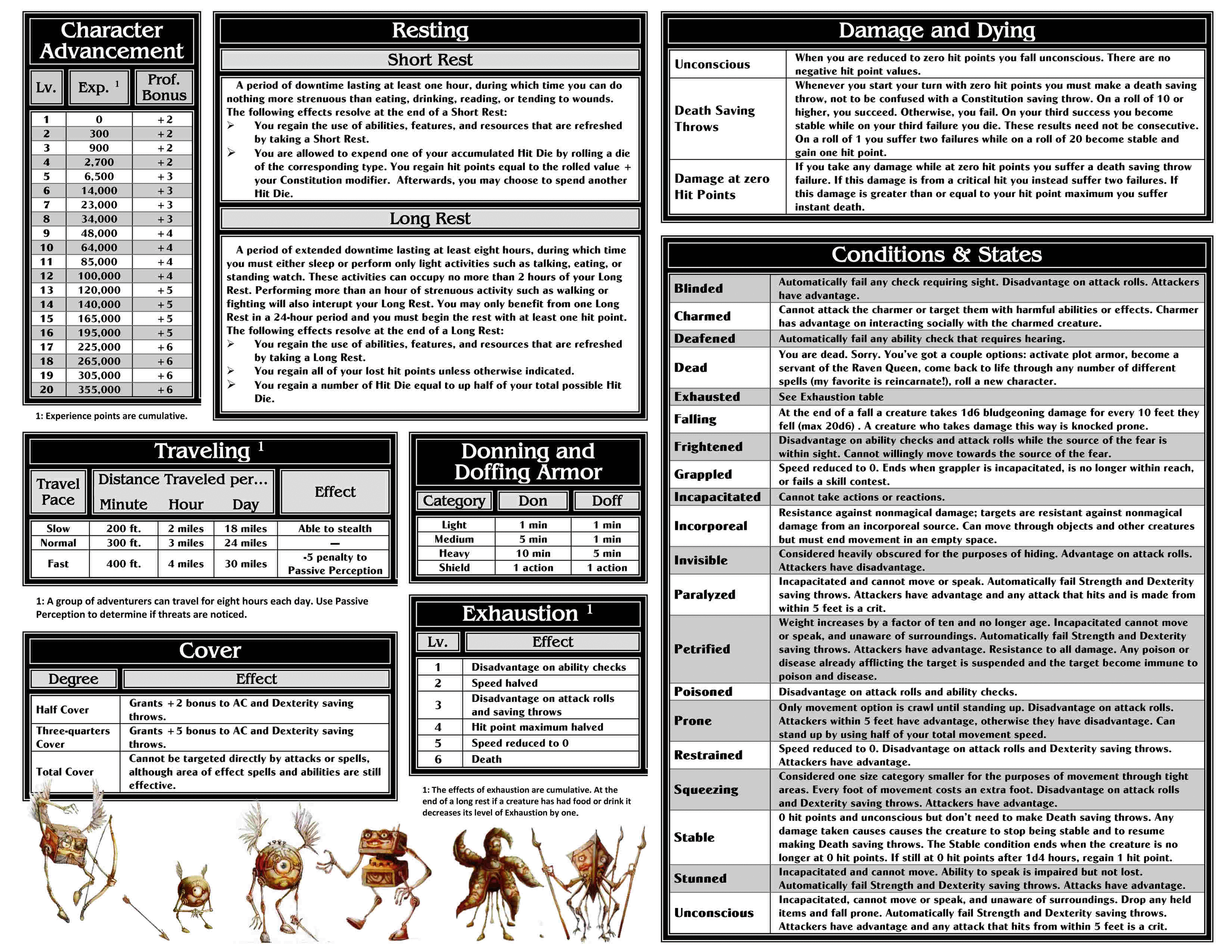Github Slots
A couple of years ago, when I was learning Java programming, I thought of testing myself and my programming skills by writing a game in Java. Now, I'm not going to call it 'game programming', since game programming is way more than what I did. In fact, what I did was just a test for me. So I decided to write a game I was playing on my old Nokia E50 phone, a Slot Game.

# Slots This slot is the element that triggers the dropdown. It can be any HTML element, the components surrounds it with a div which handles the events like hover/click etc. This slot is the content of the dropdown menu. In their essence, scoped slots are just a more powerful superset of 'regular' slots. But since introducing them needed a slightly different API, Vue 2 had to distinguish between $slots and $scopedSlots. Vue 3 took the chance and unified both APIs. The less powerful old slots are gone and the old scoped slots are now just called 'slots'.
This slot game I was playing on my phone was really simple. It had only 3 slots with different items in each. You had to push the Spin button in order to spin the slots, and you would win a small amount of coins if two or three slots were alike. Of course, 3 slots were better than 2. It is not really hard to make a game like this, but for a beginner it is good to start with. As I remember, this was probably the first program that I could tell others: “Look at what I just did!”

So I started working on it (I remember using NetBeans at that time), firstly as console-only, and then using GUI. The first thing I did, was deciding what kind of images (actually their names, not the images themselves) I would use. I wrote this line of code:
I also decided what would be the amount of “money” that the user would win if he matched two or three symbols:
After that, I went on writing the code that was suposed to randomly choose one of the elements in the symbols array. This could be done by using the Math.random() method, or by calling the nextInt() method at a Random instance, or by the wrong way I used to do at the beginning:
Of course, I soon switched to calling Math.random(), and in order to get a number that I could use as an index for my array, I wrote this block of code:
So the variable choice was the random index that I could use to get a random item from the array (keep in mind that Math.random() returns a double between 0.0 and 1.0)
So after choosing 3 random items, I just printed them out at the console, saying whether there were none, two or three matches, and calculating the amount of money won, if there was any, with the given coefficient. It was a good start; I only had to think of the UI, and I suck at UI design. But for this one, all that I needed was a really simple design which I managed to code as I was planning.
For the items to show at slots, I just googled them and found 12 of them in a single sprite. I downloaded the sprite and started my old photo editing software which sometimes can really be magical; Microsoft Paint! I started cropping images from the sprite, paying attention to their dimensions that should be the same, 122px by 114px. Why these magical values? Just because!
What was left to do, was the UI. I could use the really-helpful drag-and-drop UI builder that ships with NetBeans, but I wanted to do it myself. I had a really hard time figuring out which kind of layout to use, since the only one I really knew was GridLayout. Anyway beside that, I managed to use FlowLayout and BorderLayout. There is a difference between them, but I’m not really capable of pointing that out, so you can check the online JavaDoc for them.
I managed to build the game, and started to play it. I figured out that the coefficients for multiplying the bet were too damn high, but I didn’t care as long as I knew that the game worked.
Github Slatejs
My bad practices
As you can see, the source code of this simple game is in only one file. This is something that I don’t like to do anymore. A better way to do it is by making the code as modular as it can be. By building small modular elements, dividing the UI from the logic of the application, you help yourself during the testing and debugging phase. So the first thing that I would like to change, is dividing the whole class Slots extends JFrame from the class that calls it.
This is done by firstly creating a file called Slots.java that will contain only the code for the UI. Then, creating an ActionListener that will listen to different button clicks (there are 5 different buttons). Finally, creating a class called App.java that will only create a Slots instance and make it run.


Basically, the App.java would look like this:
As I remember, SwingUtilities.invokeLater() is used to divide the UI thread from other threads, so if any UI changes are needed, they won’t stall the application.
The Listener class, which might be called something like SlotButtonListener, might be something like this:
Github Slots Free
And finally, in the Slots class there would be only the code for defining the UI of the game. All the buttons would have SlotButtonListener as action listener.
Github Slots Game
Anyone who wants to change the code following these advices is free to do it. You can fork it anytime you want.
Do you have any Java programming advice for me? Feel free to comment below